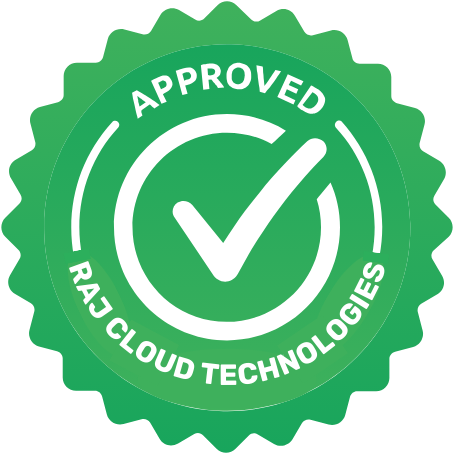


AWS DevOps Certification Training is crafted by industrial experts to help you develop your skills in both AWS & DevOps which will upgrade your career, also it will help you to clear the AWS Certified Solutions Architect & SysOps Administrator (Associate) Exams. It introduces learners to different phases of software development including the traditional approach, the DevOps approach, and the benefits of adopting DevOps, etc.
AWS DevOps Training is curated by industrial experts to help you develop your skills in both AWS and DevOps which will upgrade your career.
The Fundamentals of DevOps powered by AWS is a beginner-level course that covers the basics of DevOps in the AWS runtime environment. It introduces learners to different phases of software development including the traditional approach, the DevOps approach, the need for DevOps in software development, and the benefits of adopting DevOps, etc.
Throughout this online instructor-led training for AWS DevOps, you will be working on real-time industry use cases. Clear your AWS Certified Solutions Architect – Associate & AWS Certified SysOps Administrator – Associate
with this AWS DevOps course.
Operating System & Linux Basics
Hands-on
Hands-on
Hands-on
Hands-on
What you’ll learn

9+ Years of experience in DevOps, AWS and Linux having exposure to multiple technologies like Kubernetes, Terraform, AWS many many more. Approved trainer by Raj Cloud Technologies.
AWS Certificate Program
Access all live session recordings, course materials, and practice groups.
Morning: 8:00 AM, IST
(Mon-Fri) 90 Minutes / Session
DevOps Certificate Program
Access all live session recordings, course materials, and practice groups.
Morning: 8:00 AM, IST
(Mon-Fri) 90 Minutes / Session
AWS + DevOps Certified Program
Access all live session recordings, course materials, and practice groups.
Morning: 8:00 AM, IST
(Mon-Fri) 90 Minutes / Session
AWS Certificate Program
Access all live session recordings, course materials, and practice groups.
Timing: 10:30 PM to 11:00 PM, EST
(Mon-Fri) 90 Minutes / Session
DevOps Certificate Program
Access all live session recordings, course materials, and practice groups.
Timing: 10:30 PM to 11:00 PM, EST
(Mon-Fri) 90 Minutes / Session
AWS + DevOps Certified Program
Access all live session recordings, course materials, and practice groups.
Timing: 10:30 PM to 11:00 PM, EST
(Mon-Fri) 90 Minutes / Session
Our AWS training has precisely been developed to reach out to the demand of the learners with keeping in mind the industry standards. This AWS course will particularly be helpful for the career advancement of the following audience – Graduates from the College. Currently working employees looking to upskill themselves. Candidates looking for a change in the IT Field.
As such, there are no specific prerequisites for AWS Training. If you are familiar with programming and foundation skills with a sense of curiosity and willingness to learn you are all set for the AWS training.
AWS & DevOps training duration is 50 hours + 50 hours respectively. Daily 1.5 to 2 hours of live session (on Weekdays only)